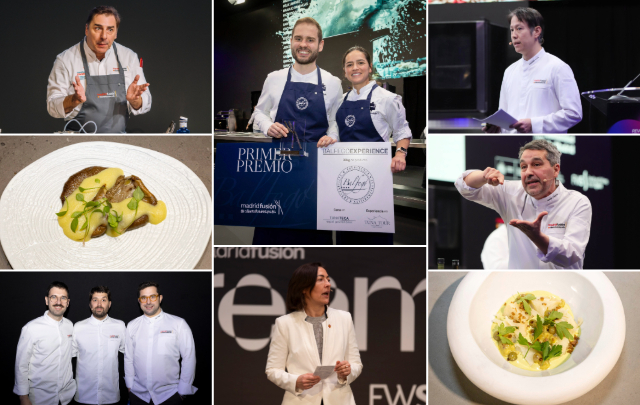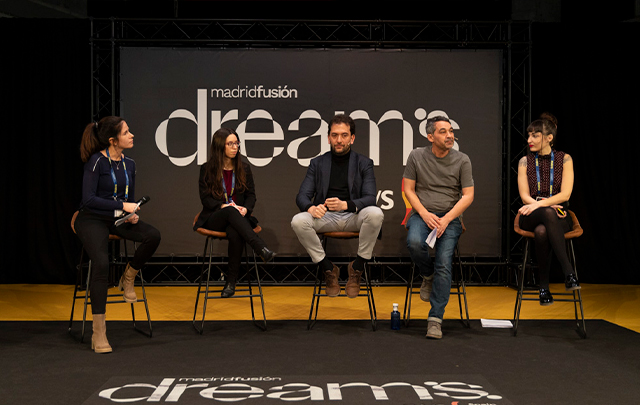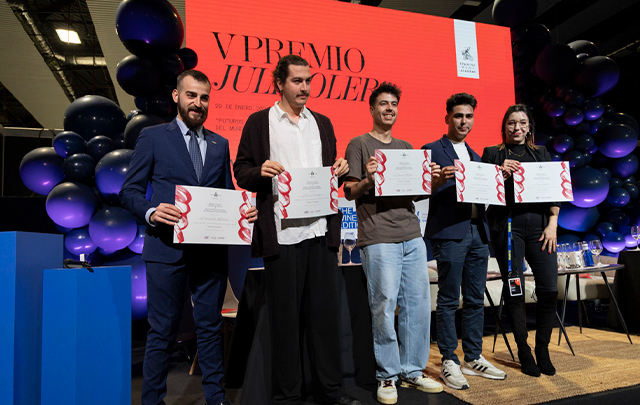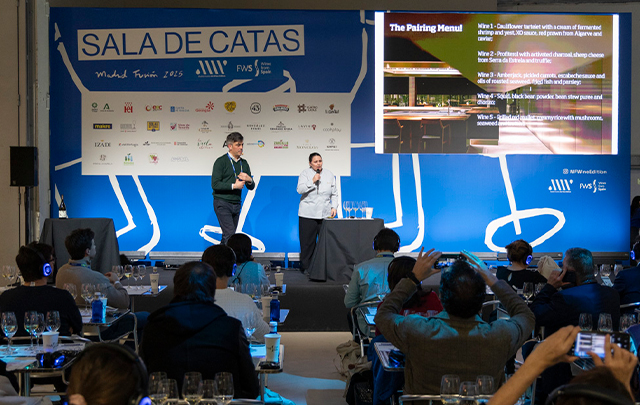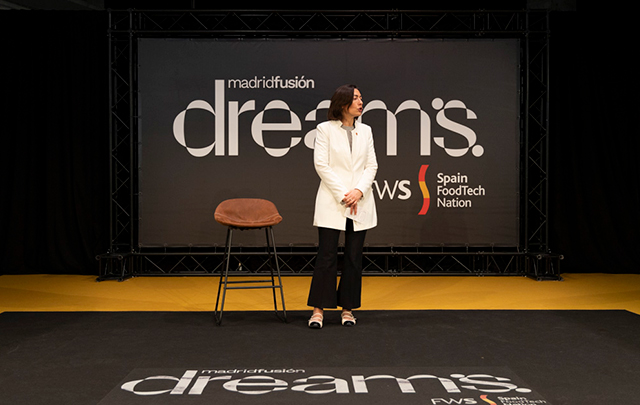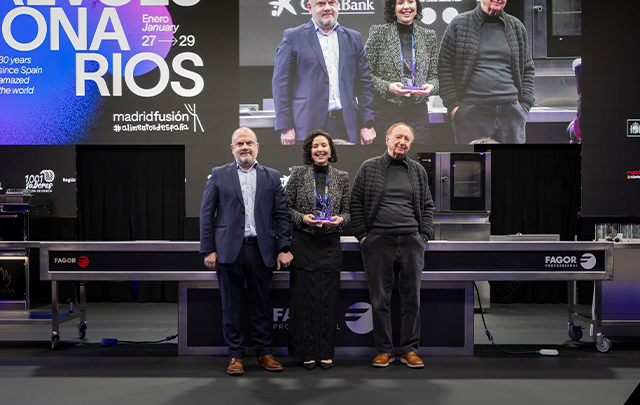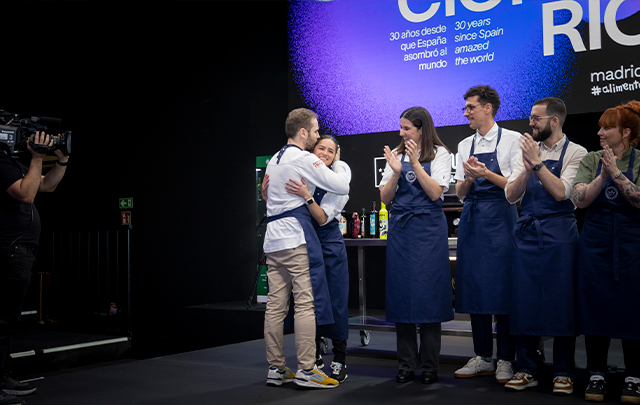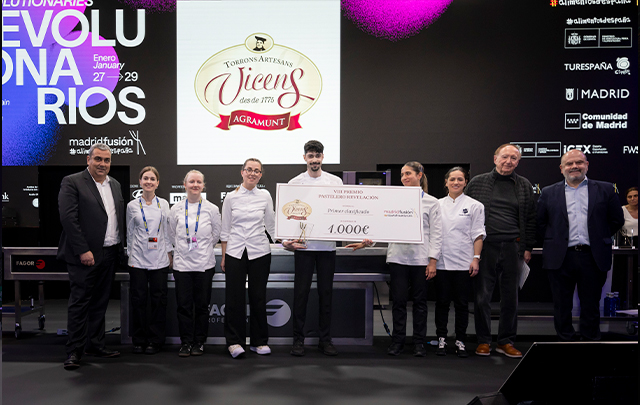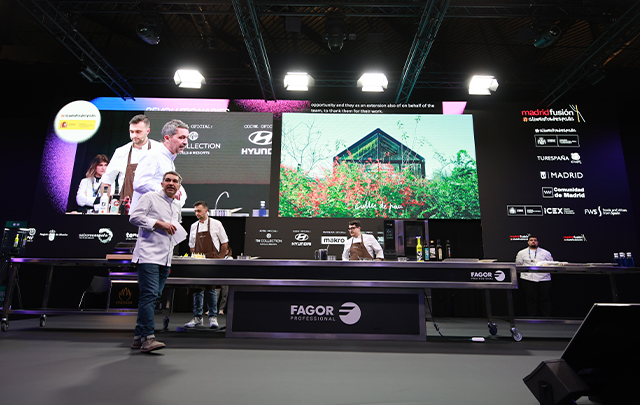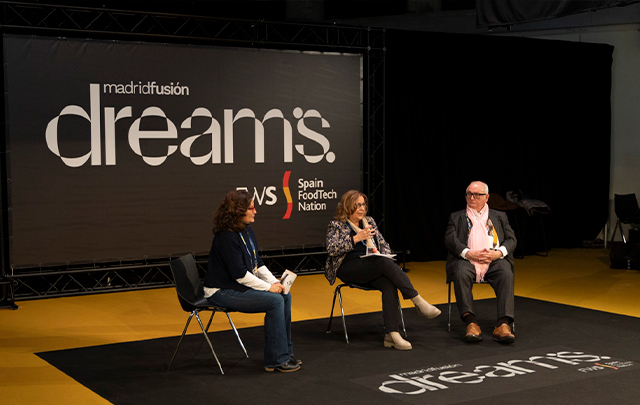News
Meat that 'grows' inside a tomato, a car plant... the future is coming
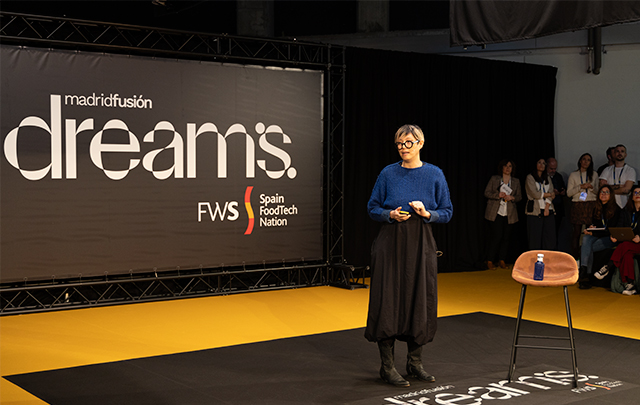
AI is capable of creating new flavors and unknown experiences, applicable to the gastronomy industry, according to Cecilia Tham, an expert in predicting unimaginable trends
An ordinary looking tomato has a surprise inside. When you cut it open, instead of seeds and pulp, you find a kind of minced meat that has grown inside. This is artificial meat, usually grown in a laboratory, which takes scientific experimentation and AI applied to food one step further. Instead of growing in matrices, it was put inside a tomato, this is because in the laboratory meat grows flat and not volumetrically,' explains Cecilia Tham, head of Futurity System, in her presentation 'Opportunities and challenges of AI in gastronomy' at the Madrid Fusión Alimentos de España. It seems crazy, but scientists are already doing it. And if you can grow meat, you can also do it with vegetables, like garlic and onion, in order to have a complete meal inside the tomato.
In the food industry, AI is being used to find 'new recipes, methods and even flavours to find more combinations and new tastes,' says Tham, who admits she hasn't tried tomato meat or experiments like fruits invented by AI and built in 3D. It is done more in Asia because the regulations are less strict, and I have a pending trip to Singapore. The difference now is that for the first time, technology is creating things we've never seen. Before this, it was just improving, optimizing and extending what was already there. The role of humans is changing.
Another example of what can happen when the latest innovations are incorporated into everyday cooking is the use of 'digital twins' (avatars that feed on their own information). By replicating my profile, it knows everything I like, my medical problems, my grandmother's recipes, my way of cooking... and this digital twin can live inside my food processor. It becomes a 'digital soul' for the appliances," says Tham, who is projecting the results of the analysis of social networking platforms. The aim is to show companies "where we are going" so that they can find new business opportunities.
Electricity on the tongue
The pleasure of eating can also be recreated, but without food. There are experiments in which electrical impulses are applied to the tongue, "releasing digitalized flavors". Tasting without food has a purpose related to health. You can separate the pleasure of eating from the nutrition we need," predicts Tham, whose company follows the latest scientific advances as they are published. "It would be two different ways of eating. We can eat what we like, enjoy it, without worrying about calories or getting fat." This would make space travel more comfortable.
Even more futuristic is the idea of 'autonomous plants' that drive themselves to find water or light, using sensors in the vehicle. We give them a level of autonomy like what we humans have, to meet our needs,' says Tham. By developing autonomy for plants and turning them into 'energy trees', we are aiming for a more sustainable world, one that considers how plants live. And this can be applied to the land, to food production. Imagine that in the future food, farms and plants have autonomy and a new kind of relationship between them and us, so that they provide us with our staple food. Imagine that in five minutes time, AI will find something even more spectacular.

